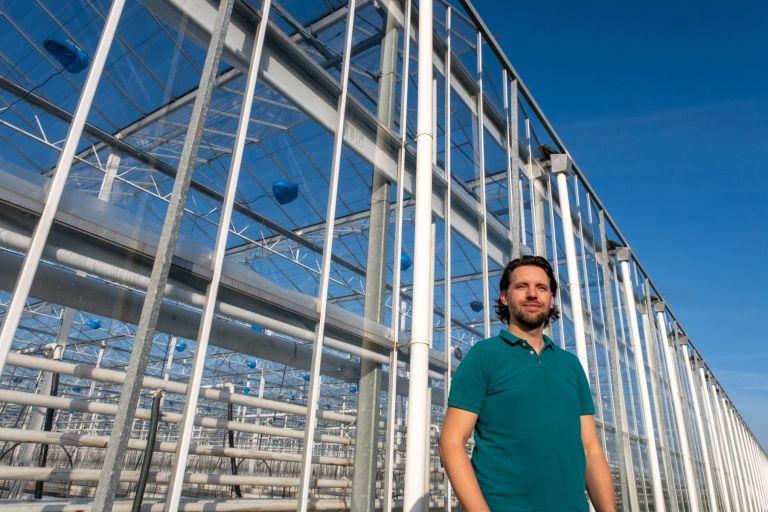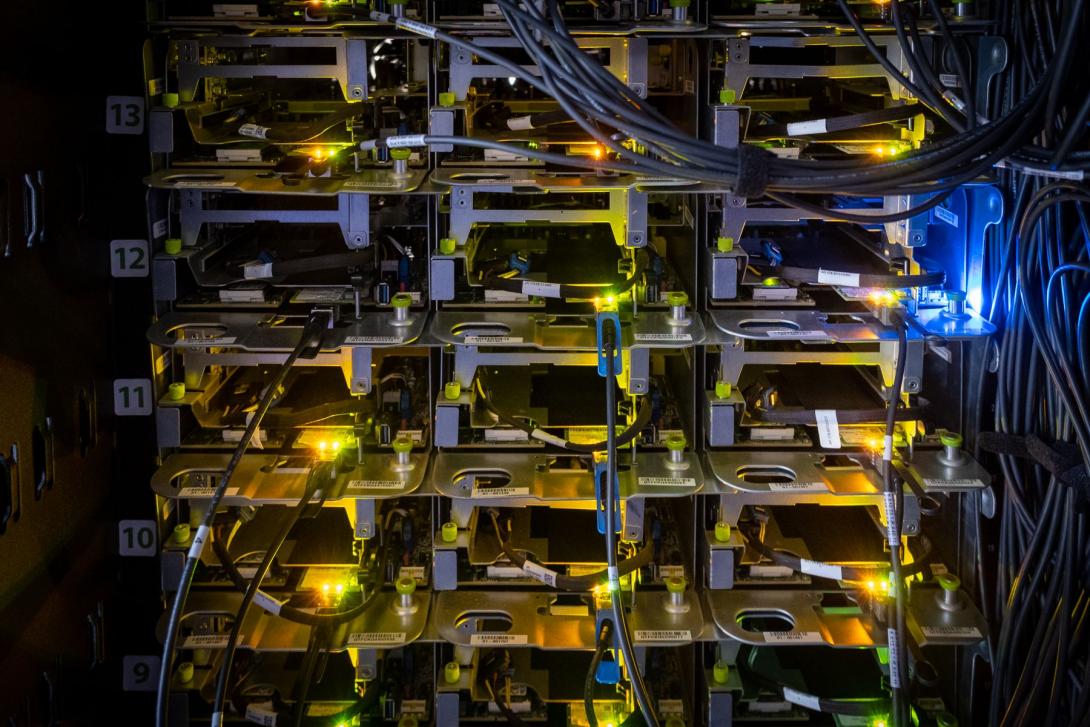"With Blockheating we are working together on a more sustainable society"
LIOF helps this entrepreneur with:
LIOF helps this entrepreneur with:
In 2018, Blockheating conducted a pilot. For the upscaling of this they worked together with LIOF. Niek Theunissen, business developer at LIOF: "We are in the middle of the energy transition and a digital revolution, the developments follow each other rapidly and are intense. This means that the world is working hard to grow capacity and infrastructure in the background. This calls for smart new solutions. The innovative way in which Blockheating reuses heat that is released when cooling the servers immediately made us enthusiastic."
LIOF and Blockheating
.Jeroen Burks, CEO of Blockheating, tells.
"We used to have an open fire at home. I thought it was wonderful. The hot flames, crackling wood. But I also wondered why so much of the heat from our fireplace seemed to disappear into the air outside through the chimney."
That's why we had one.
He had shot that right. Because traditional fireplaces are surprisingly inefficient. Only about twenty percent of the heat actually heats our home. The rest of the heat literally goes up in smoke ...
Can't this wasted heat be used in some other way, Jeroen wondered. A small flame inside him came to life.
'We give the energy of servers a second life'
No pink cloud ...
Everything you do online is stored on a server. You send an email. You place an order on bol.com. You take a picture with your phone. Even though we'd like to believe that, unfortunately this doesn't all stay floating around on a cloud. Instead, it all ends up on a server located in a data center.
"These data centers need cooling," Jeroen explains. The servers use a lot of energy, which is converted into heat. This heat is now often still seen as a waste product and actively 'cooled away'.
Who can use the heat well?
This can be done differently, Jeroen believes: "We are therefore working on a CO2-optimized IT infrastructure. We are doing this by looking for locations that can make good use of the residual heat. For this we are working with a cooling method that consumes hardly any extra power. We also work partly with refurbished hardware.
Cool servers, warm greenhouses
.Jeroen: "Thanks to our collaboration with LIOF we were able to build our first prototype at a horticulturalist. We have now been able to install the first commercial version, which uses the heat released by a data center to heat the greenhouses. That's what we do it for!
Larger is often more sustainable
."With Blockheating we are working together on a more sustainable society. We are also achieving good side effects. For example, we ensure that data centers are closer to end users so that data processing can be done much more locally. This increases the speed and reduces the costs.
'Show more interest in the processes of others'

